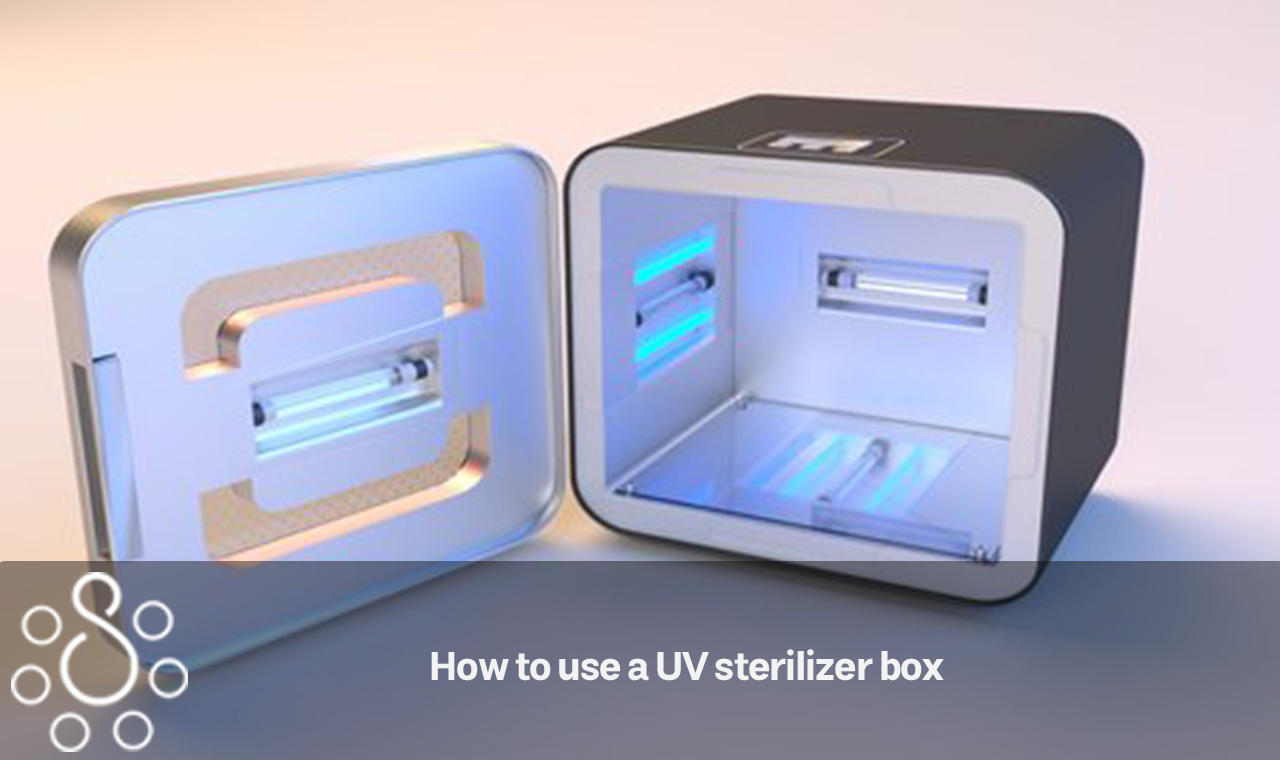UV sterilizer boxes are used to disinfect and sterilize daily goods in order to destroy germs, viruses, and other microbes that are harmful to human health. They are also used to sterilize medical devices. In light of the current COVID-19 epidemic, UV sterilizers have become required in health care facilities such as hospitals in order to clean and disinfect surfaces as well as medical instruments and equipment before they can be used. UV sterilizer boxes, which employ ultraviolet A or ultraviolet C lighting to provide a germicidal effect, are becoming more popular. They are meant to be used in conjunction with manual cleaning to improve the disinfection of health care environment surfaces and equipment after manual cleaning has been completed. Their method of killing or inactivating bacteria involves the use of short-wavelength UV radiation to damage nucleic acids and break their DNA, rendering them unable to conduct essential biological processes. So let’s take a look at the definition and application of UV sterilizer boxes.
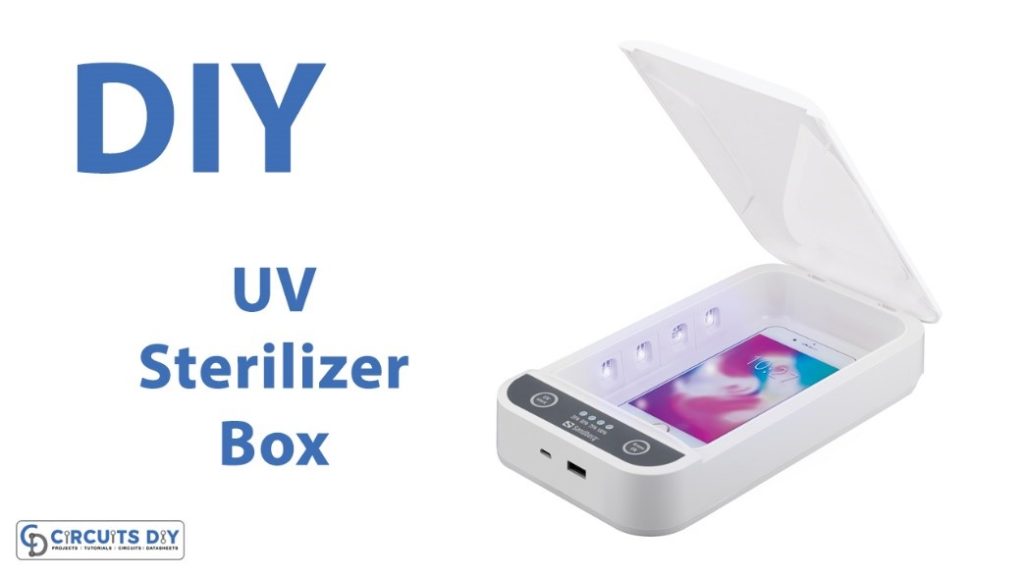
What are UV sterilizer boxes and how do they work?
UV (ultraviolet) light is a kind of electromagnetic radiation measured in nanometers (nm). Due to its density, UV is a good disinfectant even though it is invisible to the human eye. UV light is classified as UV-A, UV-B, UV-C, and Vacuum-UV. UV-A (black light) has the longest wavelength (315-400 nanometers). UV-B, or the intermediate wavelength, ranges from 280 to 315 nm. This light has a wavelength of 200-280 nanometers.
UV-C is germicidal, meaning it may kill bacteria and viruses on surfaces. Bacterial DNA absorbs UV light, preventing reproduction and duplication, and ending growth. “Unlike the ordinary American, our technological gadgets do not take a daily shower,” says Michael Schmidt, PhD, a professor in the department of microbiology and immunology at the Medical University of South Carolina. “Our technological devices do not take a daily shower,” Schmidt adds. “We take a shower to get rid of the microorganisms that have gotten into our skin.
” Microbes prefer plastic and glass over human skin, according to him, which is the only thing that they like. Therefore, bacteria have been shown to be attracted to various electronic devices such as smartphones, earphones, tablets, and other items that you probably use on a daily basis. Until recently, the most effective method of removing these bacteria was to use a microfiber cloth — or an equivalent — to physically wipe them away. Product sanitization using ultraviolet (UV) radiation has been more popular in recent years, with firms producing UV-equipped items (or themselves). Each of these UV sterilizer boxes promises to free your technology and other home objects of bacteria that might cause you to get unwell in the future.
Related Article: Are UV sanitizers effective? What You Should Know Before Making One

What is the operation of UV sterilizer boxes?
UV-A, UV-B, and UV-C lights are all types of ultraviolet light that exist in the ultraviolet light spectrum. A clinical professor in the department of pathology at New York University Langone Medical Center, Philip Tierno, PhD, believes that only ultraviolet C (UV-C) radiation can effectively eradicate microorganisms. “This light has a spectrum of efficacy, and it interferes with and kills the nucleic acids of bacteria and other germs,” Tierno noted, adding that the wavelength of light may also disrupt proteins in microbes by eliminating certain amino acids in the protein structure.
Tierno said that they operate best on flat surfaces and that they have limits. As a result, “UV-C only penetrates superficially, and light cannot enter into crevices and crevices,” he stated. This includes objects like buttons and phone covers, which are laced with fissures and have a textured surface. For example, UV light will not be able to penetrate food particles if a germ is contained inside the food particle. “UV sanitizers destroy microorganisms really rapidly,” Schmidt said of the devices. “However, when your gadget is brought out, it is only as safe as the last confrontation it had.” That is, utilizing an ultraviolet light sanitizer does not give you permission to become filthy or overlook the possibility of new germs on your phone.
related article: What Is a Toothbrush Sanitizer?
Is it worthwhile to invest in UV sterilizer boxes?
According to Amesh Adalja, MD, a senior scientist and assistant professor at the Johns Hopkins University Center for Health Security, “there is no doubt that ultraviolet light is harmful to the virus.” The effectiveness of these UV light devices, on the other hand, is limited, as he points out, particularly when compared to hospital-grade UV light sanitizing equipment. “I’m just having a hard time trying to find a role for this (UV light sanitizers) that is effective in the general public and where you can have an actual, meaningful impact rather than some kind of marginal benefit that isn’t really worth it,” he says.
“I’m just having a hard time trying to find a role for this (UV light sanitizers) that is effective in the general public and where you can have an actual, meaningful impact.” Adalja further points out that using a UV sanitizer will not substitute fundamental hygiene precautions such as hand washing, avoiding touching your face, and keeping social distance from other people. Adalja points out that the Environmental Protection Agency has authorized Lysol Disinfectant Spray and Lysol Disinfectant Max Cover Mist as treatments that are effective against coronavirus, but he believes this certification is more of a marketing boost for the corporation.
He adds to the labeling issue, “It doesn’t make much of a difference to me whether or not you use a disinfectant that has that label or one that does not.” Doctor Ehsan Ali of Beverly Hills Concierge Doctor Inc. claims that he employs light sanitizing equipment in his own life and that he recommends it to his patients.
“UV light devices are worthwhile to purchase since they are well-known to be effective and have previously been in use for cleanliness reasons prior to the COVID,” he explains. Ali continues by saying that, although he uses a UV sterilizer box for keys and phones, as well as a light that covers a broader area, he does not advocate one brand over another since he believes “they are pretty much the same” across the board in terms of performance. According to him, various goods such as face masks, retainers, glasses, and cosmetic brushes may be disinfected with these UV sterilizers “definitely.”
On the other hand, if you want to go the additional mile to eliminate germs on your phones and other personal goods, you can consider investing in an ultraviolet light sanitizer. These sanitizers may be especially effective if a large number of individuals are in close proximity to your computer gadgets during the day, such as in an office setting. They make it easy to clean your computer once your children (or grandchildren) have had their way with it, saving you time.
In addition, they may be useful after a day of trekking, gardening, or jogging, or after a day spent cooking, cleaning, or playing with your pets. In addition to UV-sanitizing devices that clean your technology, there are goods that utilize UV light to clean what’s within them, such as self-cleaning water bottles (since we all know you don’t wash your water bottle as frequently as you should). UV-C radiation is also used by these to disinfect their interiors of bacteria and viruses.
Related Article: 5 surprising ultraviolet uses for the hospitality industry
Some of UV sterilizer boxes for cell phones and other household items are
You are aware that a sunburn is not truly a burn, aren’t you? Not the kind of burn you’d get from being exposed to a hot stove or an open flame for an extended period of time. Sunburns are essentially radiation damage induced by UV light, which is why they are so painful. In the short term, this UV exposure produces redness, discomfort, and peeling; in the long term, excessive unprotected exposure to sunlight may result in skin cancer due to the accumulation of free radicals.
It’s not all bad, though: the same ultraviolet light (in particular, ultraviolet C light, which has a wavelength of between 200 and 280 nanometers, whereas visible light’s smallest wavelength measures 380 nanometers) that damages the DNA of human skin over time can be harnessed and used to kill germs in a matter of minutes. Use an effective UV sterilizer box to disinfect surfaces such as desktops and doorknobs, as well as bathroom and toilet fixtures and goods that you have on hand, like your phone. And, by the way, how are you? You should actually clean your phone once in a while, if not more.
Several studies have shown that mobile phones are among the dirtiest items in our lives, with an average of roughly 20,000 different species of germs on them. While wiping down a smartphone with soap and water or isopropyl alcohol may not be the best idea, UV phone sanitizing cases will not damage the device while simultaneously eradicating bacteria and viruses, provided that the sanitizing hardware is used properly and on a regular basis, according to the manufacturer. These are some of the finest ultraviolet sanitizers for phones and other electronic devices.
Related Article: Does your child drink water from a private well?
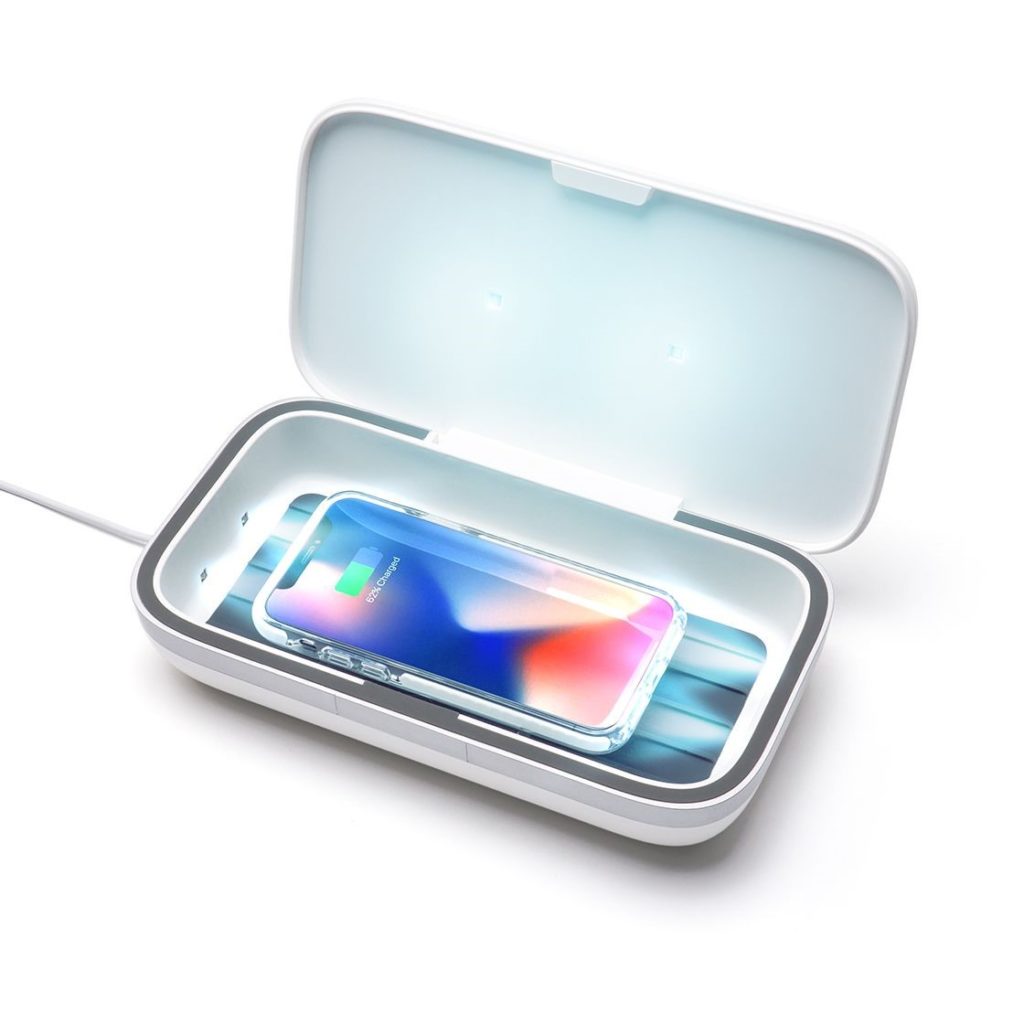
PhoneSoap’s Wireless UV Smartphone Cleaning Case
With this on-the-go case, you can kill off the plethora of bacteria and viruses that are likely covering your phone in a matter of minutes. If you have a relatively recent model of smartphone that supports wireless charging, it will even power up your device while killing off your invisible opponents. Although the case’s inside is fitted with Qi wireless charging technology, it is tiny enough to be tucked into a handbag, backpack, or briefcase, allowing you to have it with you at all times. With four strong UV lights and a mirrored interior, PhoneSoap Wireless, as a UV sterilizer box, distributes lethal (to germs) ultraviolet light all over the outside of your phone. For reliable viral eradication, 10 minutes is all that is required.
Related Article: Guide to Understanding UV Light & How It’s Redefining Clean
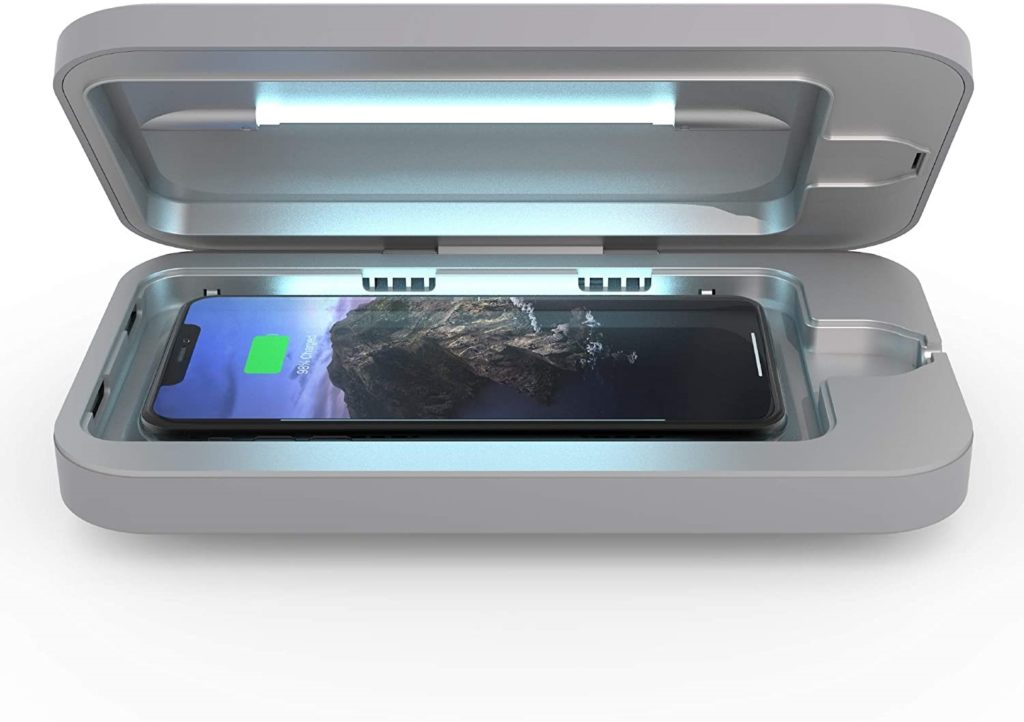
UV Sanitizer CASETiFY
While the CASETiFY UV Sanitizer was created for the purpose of sanitizing and sterilizing cellphones, this giant UV-C cleaning case is large enough to accommodate much more than your Samsung Galaxy Mega or iPhone 11 Pro Max, for example. Using it, you may sterilize items such as jewelry, glasses, wallets, watches, and full-sized pieces of cutlery, which you might think twice about using until you’re certain that they’re clean in these COVID-19 days and beyond, and even beyond that. The case uses six UV rays to kill up to 99.9 percent of germs in as little as three minutes, according to the manufacturer.
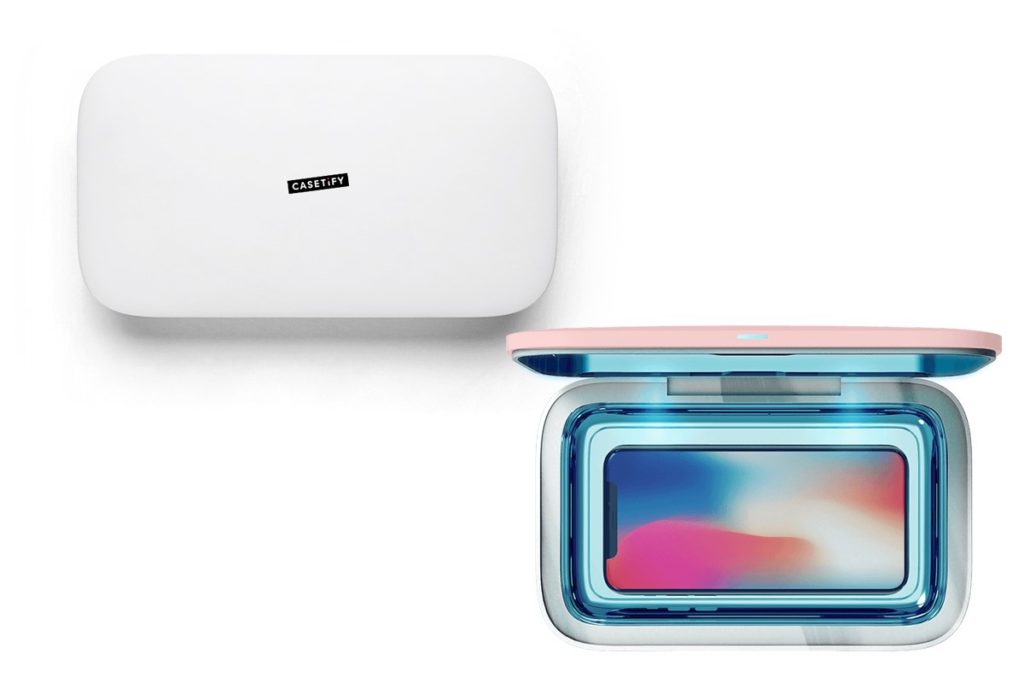
Munchkin UV sterilizer box
The majority of viruses and bacteria enter the human body via the mouth or nose. Babies put almost everything in their mouths, particularly pacifiers and bottle nipples made for that purpose. As a result, cleaning a pacifier or bottle top is important for keeping a newborn safe, and in the event of a worldwide pandemic, the fast washing we used to rely on won’t suffice. In less than one minute, this tiny UV sterilizer box can eliminate all the germs on a pacifier, bottle nipple, or other small object. It may also be powered by a wall outlet or three AA batteries, making it very portable. It features a strap for simple attachment to a stroller or diaper bag, and the UV lamps turn off when the top is opened, protecting inquisitive tiny eyes if a baby or toddler attempts to remove the lid during operation.
related article: How UV-C LED Light Can Help your Rental Customers
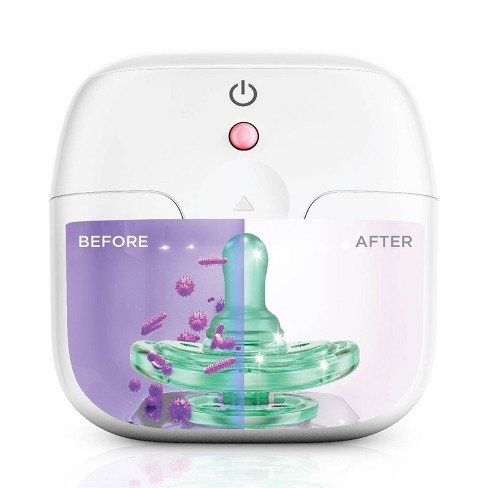
UV sterilizer boxes with 59S UV Ultraviolet LED Sterilizer for Razors, Nail Scissors, Glasses, and Make-Up Tools
Everything from a smartphone to a baby toy, cosmetics brushes, to your keys and wallet, will fit in this huge UV sterilizer box. It may also be used to sterilize PPE (personal protective equipment) such as masks and gloves, enabling you to reuse the same gear without the chance of infection spreading. During a short three-minute cycle, the many inside lamps assure a full soaking of the outside of anything put within. It begins with a single button press and has an operation indicator light that indicates when the sanitizing is complete.
Related Article: Evaluation of an Ultraviolet C (UVC) Light-Emitting Device from the beginning until now


